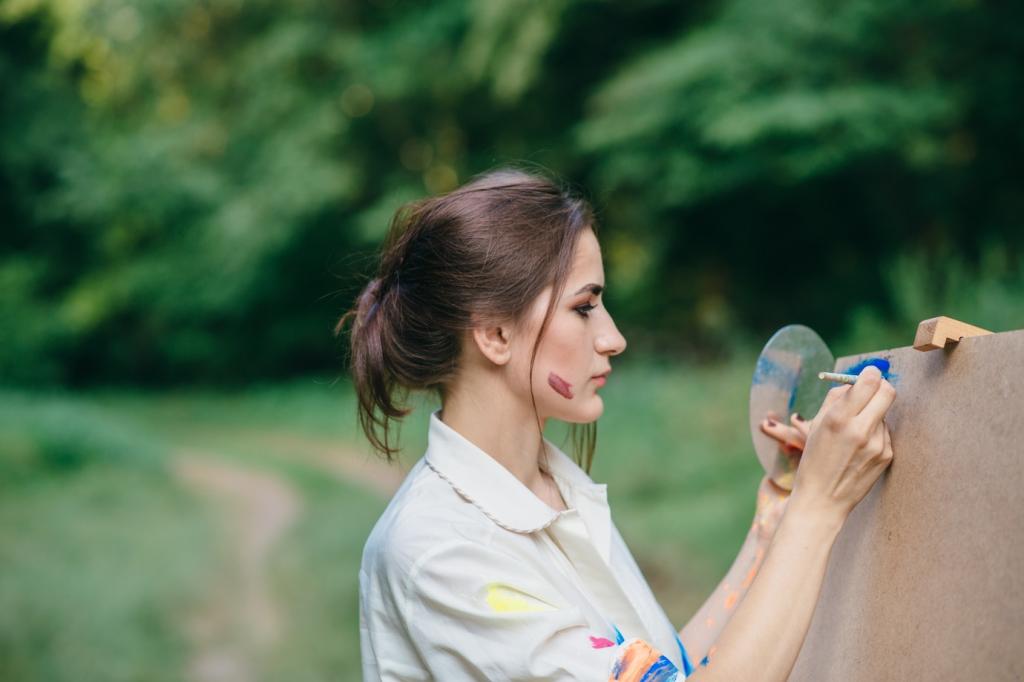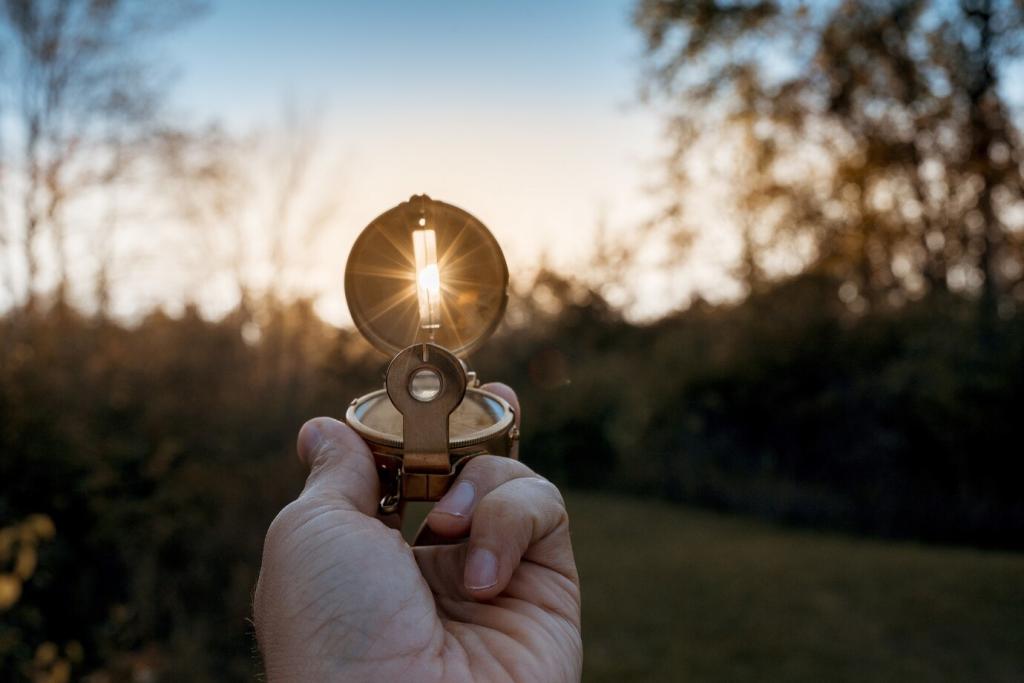Minimalist Perspectives on Urban Historical Sites
Chosen theme: Minimalist Perspectives on Urban Historical Sites. Step into a calmer way of seeing the city’s oldest places—where one line, one shadow, and one quiet detail can carry centuries of feeling. Join us, subscribe, and share what simplicity reveals to you.


Seeing History in Simple Lines
Stand where a medieval lane tapers toward a vanishing point, and treat the scene as a diagram of memory. Parallel edges and a single horizon line reduce the chaos, helping the street’s age, wear, and human passage emerge with startling clarity.
Seeing History in Simple Lines
At mid-morning, a sunlit cornice casts a decisive edge across worn brick. Photograph only that boundary—nothing else. The crisp divide becomes a clock hand, pointing to the hours these walls have witnessed, while the absence around it makes time feel tangible.
A Quiet Walk: The High Line’s Rail Legacy Through Minimalism
One View, One Story
Choose one segment of exposed rail, align it dead center, and exclude everything else. The straight, dark bar becomes a sentence about freight, labor, and movement. Comment on your photo with one word that the line evokes, and compare with other readers.
Muted Palette, Strong Emotion
Dial down saturation to let steel, wood ties, and wild grasses harmonize. Subtle tones emphasize endurance over spectacle, revealing how industry and nature coexist. If this approach resonates, subscribe for more minimalist walks through reclaimed urban histories.
Invite Your Eye to Rest
Find a bench view where two rails meet the horizon. Hold the frame until pedestrians become soft gestures rather than subjects. That restful composition lets the infrastructure narrate, while visitors register as gentle footnotes to a longer urban story.

Framing Doorways, Framing Time
Photograph only the lintel, jambs, and a sliver of shadow within. The doorway becomes a stage set for speculation: who crossed, who waited, who locked it last. Ask readers to share a short memory that a historic doorway in their city brings back.
Framing Doorways, Framing Time
Center the frame, then let time break the rules. Slightly crooked stones and softened edges turn symmetry into a conversation with decay. Minimalism here is not sterility; it is attention—tender and exact—to craftsmanship weathered by centuries of touch.

Soundless Crowds: Quiet Timing at Popular Landmarks
Arrive fifteen minutes before sunrise or after last light. The plaza empties, and the monument becomes a solitary silhouette. A single lamplight, a single shadow, and suddenly the landmark tells its story without competing voices. Share your best quiet-hour tip.
Soundless Crowds: Quiet Timing at Popular Landmarks
Tighten the frame to remove signage, vendors, and vehicles. Hold one curve of an amphitheater, one column, one inscription. By editing generously, you are not hiding life—you are clarifying the artifact’s essential lines so history stands unaccompanied.


Material Honesty: Stone, Brick, Iron, and Patina
Photograph a single block within a city wall, filling the frame so mortar seams become clean lines. The stone’s pores and chips narrate centuries of weather and work. Ask readers to describe the texture in three words to sharpen collective observation.

Material Honesty: Stone, Brick, Iron, and Patina
Stand parallel to a long brick facade until rows align like sheet music. Repetition soothes the eye, while a lone replacement brick breaks the beat. That small discord becomes the quiet hero of the image, hinting at repairs, fires, or shifting fortunes.

Context in Few Words
Pair each image with a concise, factual note: date, maker, function, and community significance. The caption stays minimal, yet it anchors interpretation. Invite readers to add local knowledge in the comments so the quiet frame gains truthful depth.
What Not to Remove
Do not crop out symbols of labor, access, or struggle simply to keep an image clean. Minimalism is not denial; it is intention. Keep the essential marker that carries the site’s social meaning, even if it complicates an otherwise pristine composition.
Careful with People and Privacy
When a portrait is not necessary, render passersby as soft silhouettes to protect privacy and emphasize place over person. If someone’s presence is crucial to the story, seek consent, and explain how their figure serves the site’s historical narrative.
Make Your Own Minimalist History Map
Pick one wall, one doorway, and one fragment of infrastructure within walking distance. Photograph each with a single compositional rule. Share your trio in the comments, and we will feature select maps in an upcoming minimalist city showcase.
Choose a constraint—only vertical lines, only shadow edges, or only textures. Constraints sharpen attention and make outings playful. Tag your images with a consistent phrase, and invite a friend to attempt the same rule at their nearest historic site.
We will publish monthly minimalist routes through new urban historical sites, including reader-submitted stops. Subscribe to receive maps, timing tips, and short briefs on each location’s past, so your next quiet wander feels both simple and richly informed.

